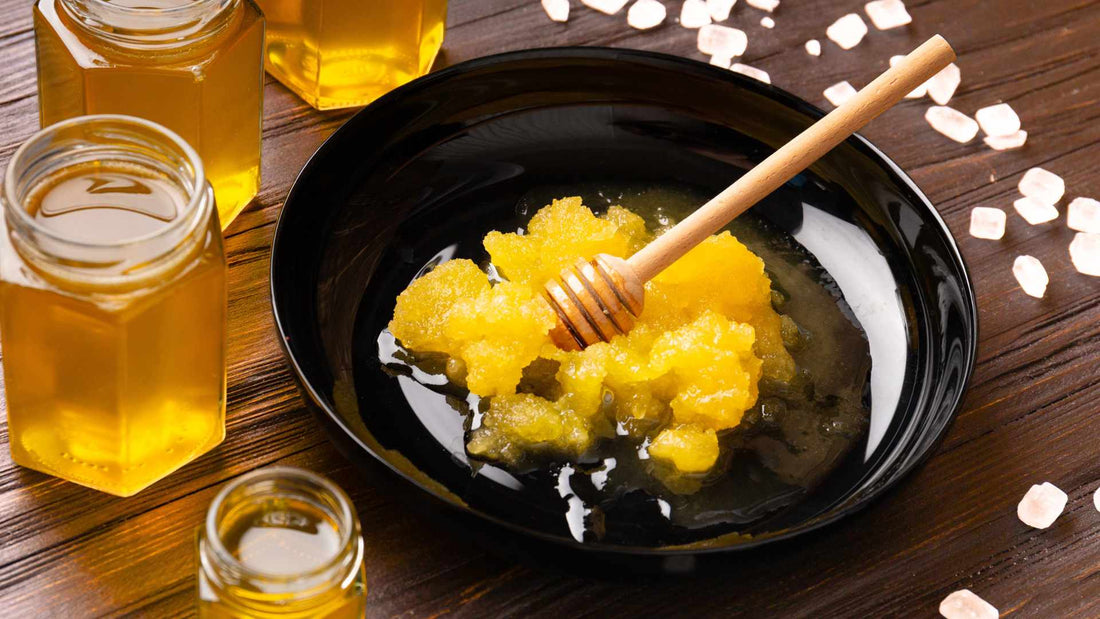
The Science of Raw Honey Crystallization: Myths and Facts
Share
Raw honey is a delicious and nutritious natural sweetener that has been enjoyed by humans for centuries. However, one common phenomenon that often puzzles honey lovers is the crystallization of raw honey. In this blog post, we will explore the science behind honey crystallization, debunk some common myths, and provide you with the facts.
What causes honey to crystallize?
Honey is a supersaturated solution of sugars, mainly glucose and fructose. When the concentration of sugars in honey exceeds its solubility limit, the excess sugars start to come out of solution and form crystals. The presence of pollen, propolis, and other particles in raw honey can also act as nucleation sites, accelerating the crystallization process.
Is crystallized honey still safe to eat?
Absolutely! Crystallized honey is perfectly safe to eat and does not indicate any spoilage or loss of quality. In fact, some people prefer the texture and spreadability of crystallized honey. You can easily liquefy crystallized honey by gently heating it in a warm water bath, but be careful not to overheat it as excessive heat can degrade the beneficial enzymes and antioxidants present in raw honey.
Does crystallized honey lose its nutritional value?
No, crystallized honey retains all its nutritional properties. The vitamins, minerals, enzymes, and antioxidants present in raw honey remain intact even after crystallization. In fact, some studies suggest that certain antioxidants become more concentrated in crystallized honey.
Can you prevent honey from crystallizing?
While you cannot completely prevent honey from crystallizing, there are some measures you can take to slow down the process. Storing honey at temperatures below 50°F (10°C) can help delay crystallization. Additionally, filtering raw honey to remove particles and storing it in airtight containers can also slow down the crystallization process.
Does crystallization affect the taste of honey?
Crystallization does not alter the taste of honey. The flavor profile of honey remains the same whether it is in liquid or crystallized form. The only difference is the texture, with crystallized honey having a creamy and spreadable consistency.
Is crystallized honey fake or adulterated?
No, crystallized honey is not fake or adulterated. It is a natural process that occurs due to the high sugar content of honey. In fact, the crystallization of honey is a sign of its purity and authenticity.
Can you use crystallized honey in cooking and baking?
Absolutely! Crystallized honey is just as versatile as liquid honey when it comes to cooking and baking. You can easily incorporate it into your recipes by gently heating it or using it as a spread.
In conclusion, the crystallization of raw honey is a natural and normal process that does not affect its safety, nutritional value, or taste. Embrace the crystallization and enjoy the unique texture and flavor of crystallized honey!



